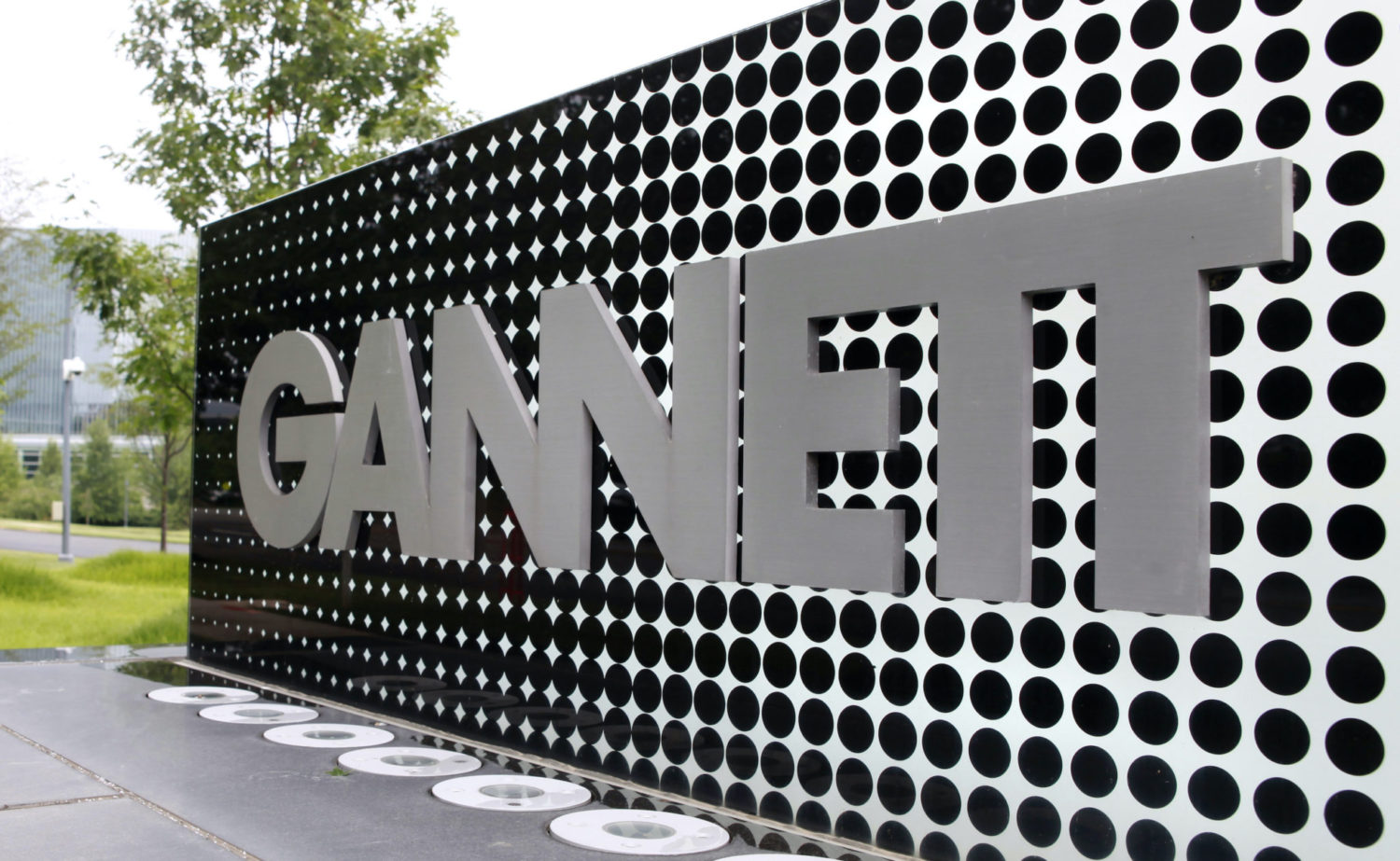Gannett announced Thursday that for the second quarter in a row, it was raising its full year outlook for profit, cash flow and adjusted EBITDA (earnings before interest, taxes, depreciation and amortization).
The company, which is the largest newspaper chain in the country, now expects to end 2023 with anywhere between a $10 million loss and $20 million profit. During the quarter ending June 30, Gannett saw its digital revenue grow as total revenue fell. It ended its second quarter with a $12.7 million loss — an improvement after last year, when it posted a disastrous $54 million loss that led to several rounds of layoffs and cuts.
“We concluded the first half of 2023 with significant momentum, and as we enter the second half of the year, our optimism continues to grow,” CEO Mike Reed said during an earnings call with investors.
In response to the announcement that digital subscription revenue had grown, journalists at several of Gannett’s unionized newsrooms called on the company to share the wealth with its workers. Their statement comes just a few days after journalists mass emailed Gannett executives with personal stories about their struggles to survive on what they say are insufficient salaries.
“We bring information to our communities that no one else can, we fight corruption, we save businesses, we contribute to the changing of laws and lives as staples in our community that even our readers say they can’t live without,” Asbury Park Press food and dining reporter Gabriela L. Laracca said in a press release. “We deserve to be able to start families, we deserve to be able to pay bills, we deserve to be able to buy homes let alone afford our rent, and we deserve to not suffer.”
During the earnings call, Gannett executives said they were investing in their journalism and working to expand their readership. Reed highlighted several new executive hires, including chief content officer Kristin Roberts and chief consumer officer Imtiaz Patel. Roberts previously worked as chief content officer of McClatchy, while Patel was the former CEO of the Baltimore Banner. Both came on this year after a mass exodus among Gannett’s top leadership.
“We’ve created a notable increase in new audience views in June alone,” Roberts said on the earnings call. “We’ve repurposed funds to make significant investments in content by hiring more journalists, with more to come.”
Gannett tweeted Thursday morning that the company had hired 160 journalists since March and was recruiting 150 more. Last year, Gannett laid off more than 600 employees, and those cuts have continued into 2023. This month, more than 50 production employees at The Pueblo (Colorado) Chieftain will be laid off after the paper’s printing facility closes.
Lee Enterprises, the third-largest newspaper chain in the U.S., also posted its most recent quarterly earnings Thursday. Like Gannett, Lee saw its total operating revenue decrease compared to last year even as its digital revenue grew. Lee attributed this trend to an industry-wide advertising slowdown and its decision to reduce print products, which included a reduction in print days at its smaller papers.
“While we are focused on managing the decline of our print businesses and those revenue streams mature, our main priority is to drive long-term, sustainable digital revenue growth,” said chief financial officer and vice president Timothy Millage.
Those trends mean that during the quarter ending on June 25, Lee’s $70 million in digital revenue represented 41% of its total operating revenue. The company posted a $2 million profit.
Despite the growth in digital revenue, both Gannett and Lee still owe considerable debt. Gannett announced Thursday that it had paid down $15.1 million during the last quarter and still owes roughly $1.2 billion from its 2019 merger with GateHouse. In July, it repaid an additional $8.2 million through proceeds from real estate sales, and the company maintains a pipeline of $50 to $60 million in additional real estate to help with debt repayment for the rest of the year.
Lee, meanwhile, has sold $7 million of assets this fiscal year and has identified an additional $30 million of “non-core assets” it can monetize for debt repayment. The company still owes $460 million of debt.
By noon Thursday, Gannett stock was trading at $3.18 a share, up 15.6% since Wednesday’s close. Meanwhile, Lee shares were trading at $13.60, down nearly 2%.







